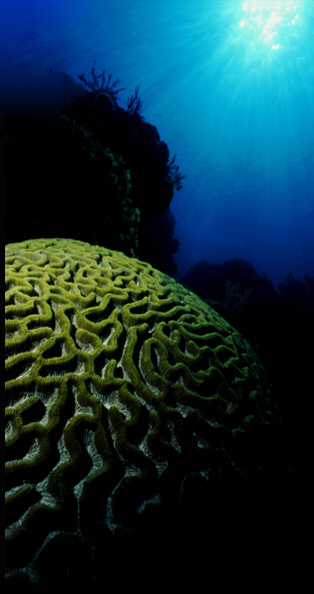|
6.
Shooting in RAW
Shooting in RAW overcomes many
of the problems mentioned in the previous sections, such as jpg
compression and its subsequent image quality degradation.
RAW files also eliminate another problem that traditionally occurs
when shooting in
jpg mode.
In jpg mode,
cameras typically process the image to create an "idealized" image
output by its internal software. In other words, saturation,
contrast, tonal range and even sharpness are modified, and the
resulting output is "embedded" into the final image.
At that point, it is impossible
to reconstruct the original data. Moreover, all the
information is recorded at 8 bits per channel.
Another problem with jpgs is
that each time the image is edited and saved, the quality
degrades somewhat. For this reason, it is important to do
all the editing in a format like RAW initially, and then later
save the finished product as a jpg, or some other format.
The "raw" format denotes the
fact that no alterations to the original image have been made.
This is the preferred setting for many professional photographers,
since raw files contain an abundance of information that is
typically "stripped away" during jpg conversion. And
since they record at 12 or 16 bits per channel, the resulting
image file contains more information.
|
















